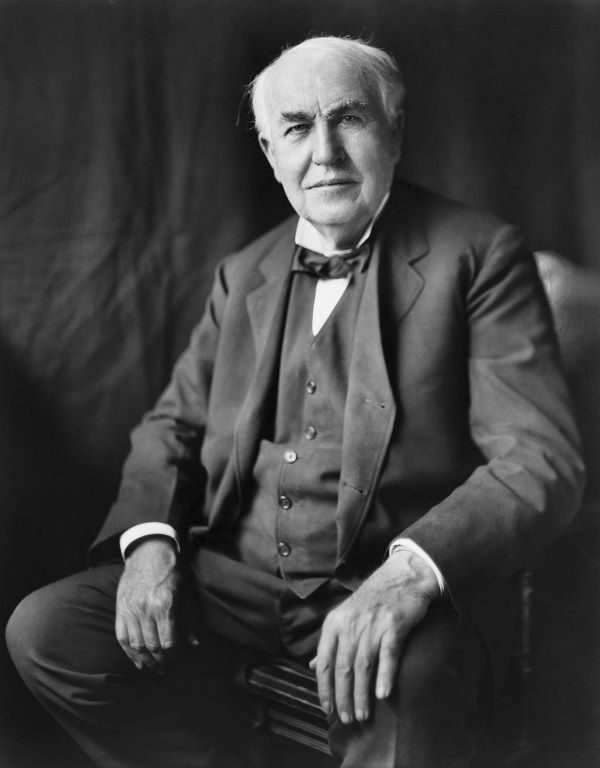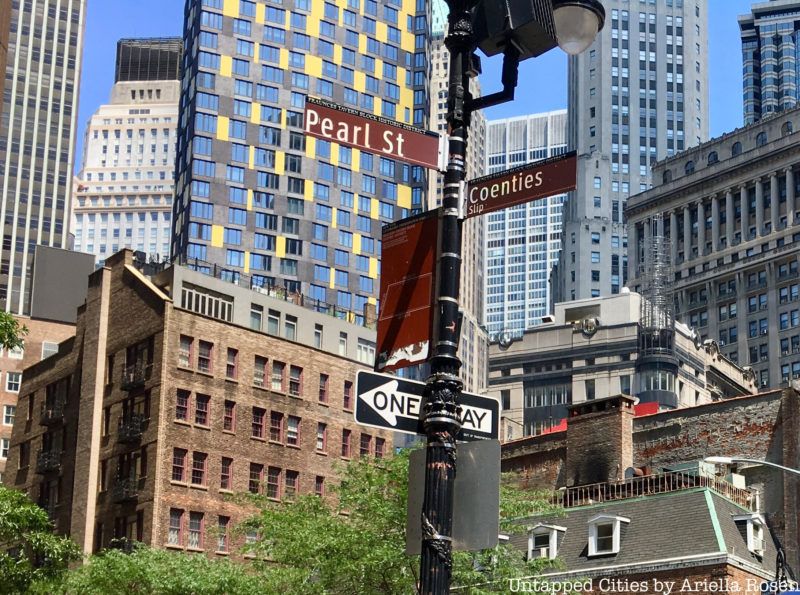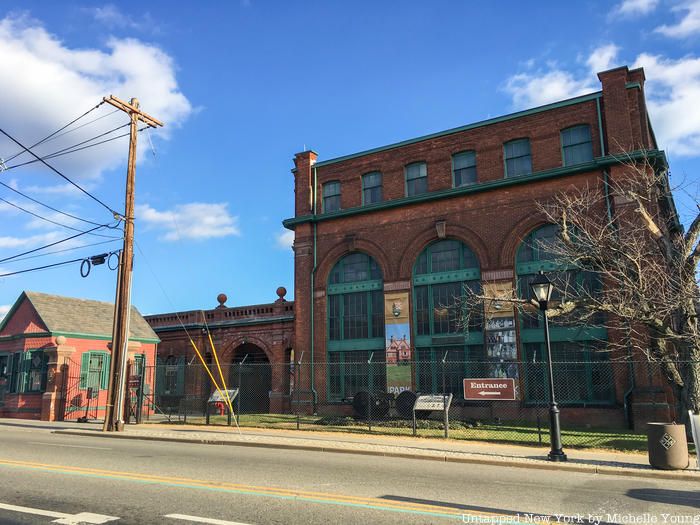NYC Says Goodbye the MetroCard
The MTA will stop selling its iconic yellow metro cards at the end of 2025!


Thomas Edison, the “Wizard of Menlo Park,” was born today, February 11, in 1847. Though much of Edison’s work and research was conducted in New Jersey, Edison is closely connected to New York City, both in the late 1800s and today. Edison was known for inventing the phonograph, early versions of the electric lightbulb, and the motion picture camera, and he established the first industrial research laboratory. At just 22, Edison moved to New York City, where he began to make a name for himself.

Thomas Edison got his first patent for an unsuccessful electric vote recorder in 1869, but shortly after he moved to New York City. While there, he worked with figures including Franklin Leonard Pope, who allowed him to live and work in the basement of his home in Elizabeth, NJ. Pope and Edison founded a company in October 1869, a few years before Edison established an industrial research lab in 1876 in Menlo Park, about 25 miles outside of New York City. It was in Menlo Park where Edison developed the phonograph, electric light, and the carbon telephone transmitter.
To gain the appeal of financiers and to gain access to more resources, Thomas Edison launched his Edison Electric Light Company in New York City. J.P. Morgan, Spencer Trask, and members of the Vanderbilt family financed the company, and the first public demonstration of the incandescent light bulb took place at Menlo Park on New Year’s Eve, 1879. This company would later become General Electric. At the request of Henry Villard, president of the Oregon Railroad and Navigation Company, Edison installed his electric lighting system aboard a new steamer called the Columbia.

Edison, though, already had rivals around this time. Hiram S. Maxim, the creator of the first automatic machine gun, laid claim to inventing the lightbulb and accused Edison of crediting himself as the inventor due to his better knowledge of patent law. In 1880, Lewis Latimer began working for Maxim’s company and invented a process for making carbon filaments for light bulbs. Latimer, considered one of the leading Black inventors of the time, lived in Flushing, and his historic home is still standing today. Latimer installed broad-scale lighting systems across New York City, though Latimer would later work for Edison in the midst of lengthy patent debates.
Thomas Edison would eventually devise an electric lightbulb fit for commercial markets in 1879. He patented an electricity distribution system a few years later after founding the Edison Illuminating Company. 1882 was an important year for Edison in New York City, the year when he lit up Manhattan. His company flipped the switch on his Pearl Street power station on September 4, 1882, providing hundreds of homes with electricity. At first, 59 customers in Lower Manhattan reaped the benefits, but this would grow to over 500 by the end of that year. Though electricity had been around for a few years prior, this was one of the first practical applications of the technology. Arc lighting had previously been installed by the Brush Electric Company along a 2-mile stretch of Broadway in 1880.

The Edison Illuminating Company in Manhattan worked to make the direct current systems available to cities throughout the country. Edison’s DC power lines were buried underneath New York’s streets. But Edison was not alone in the rush to bring electricity to homes and buildings; George Westinghouse‘s company developed an alternating current system that utilized transformers. Large power plants would transmit high voltage long distances for arc lighting, while “step down” transformers would provide a lower voltage for home lighting. This system was designed to outcompete Edison’s, which had a short transmission range. The first commercial AC power system was built in 1886 in Buffalo, some hundreds of miles from New York City.
In what became known as the “War of the Currents,” Edison’s company competed against Westinghouse’s to see which could establish more power stations and could service more customers. AC current systems in New York, though, were under fire since they were considered more hazardous than DC systems. Electrical fatalities in New York were rampant because many high-voltage AC lines were installed haphazardly and interfered with public streets. Harold P. Brown, a New York electrical engineer, was a major advocate for DC over AC systems, even publicly killing animals with both currents to show that AC was more dangerous. Brown, who sent letters to the New York Post, heavily criticized the wave of deaths in 1888 due to “death by wire” AC incidents. Brown held public demonstrations at New York sites including Columbia University, though Brown also was criticized for colluding with Edison.
Soon after, the “Electric Wire Panic” of 1889 began following the public death of John Feeks, a Western Union lineman. To make matters worse, Edison’s company and Brown colluded with Westinghouse’s AC rival, The Thomson-Houston Electric Company, to ensure that the first electric chair for executions was powered by a Westinghouse AC generator. Deaths from AC lines continued into the 1890s, and Edison Electric merged with Thomson-Houston. DC commercial power systems began to decline in the early 1900s, and the last closed in 2007.
Though Thomas Edison was heavily involved in the War of the Currents, he was not quite done yet in New York City. The Edison factory manufactured Thomas Armat’s Vitascope, which was used for public screenings in New York. Edison was often quoted in major New York papers about political topics such as his opposition to the gold standard, his views on religion, and nonviolence. Though, that idea was challenged in 1903.
Though the War of the Currents was mostly ended, Edison continued to slander AC and its dangers, which in the early 1900s was being considered for New York City at large. In a show of spectacle, Edison’s company sent a crew to film the electrocution of Topsy the elephant, who was put to death for attacking a trainer. Edison’s company and owners of Luna Park in Coney Island arranged to feed Topsy carrots with potassium cyanide, then electrocuted him with AC, killing Topsy in less than a minute.

Thomas Edison passed away in West Orange, New Jersey in 1931 at the age of 84. Edison was present to turn the lights on at the Hotel Edison in Midtown Manhattan earlier that year. Edison also lends his name to Thomas A. Edison Career and Technical Education High School in Jamaica Hills. While much of Edison’s work was completed in nearby New Jersey, Edison played a major role in the development of electricity and manufacturing in New York City, the city that never sleeps thanks in part to his inventions.
Next, check out the Top 10 Secrets of the Port Newark-Elizabeth Marine Terminals!
Subscribe to our newsletter